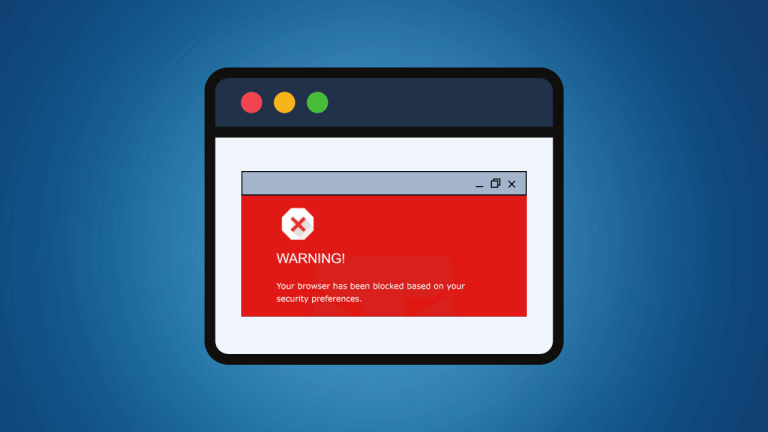Side Hustle Success: Balancing Multiple Income Streams
Financial security often requires more than just a traditional 9-to-5 job in an increasingly dynamic economic landscape. Many people turn to side hustles to bolster their incomes, pursue passion projects, or leverage marketable skills outside their primary employment. However, managing multiple income streams can be challenging. This guide will explore the essentials for maintaining balance, maximizing efficiency, and reaching side hustle success.
The Rise of the Side Hustle
The concept of a side hustle isn’t new, but it has grown immensely in popularity over the past decade. With the gig economy, freelancing platforms, and a desire for financial security, people have recognized the benefits of having secondary income sources. Whether driving for ride-share apps, freelancing in creative fields, or running an online store, side hustles provide flexibility and financial cushion.
Benefits of Having Multiple Income Streams
- Financial Security: Additional income sources create a safety net that protects against unexpected job loss or economic downturns.
- Skill Development: Side hustles allow individuals to expand their skill set, often acquiring new competencies that could lead to career advancement or new opportunities.
- Personal Fulfillment: Working on projects that align with personal interests or passions can foster a sense of fulfillment that may not be present in a regular job.
- Networking Opportunities: A side hustle can connect you with different networks, expanding professional connections and potential clients.
Challenges of Managing Multiple Streams
While the benefits of having multiple income streams are clear, balancing them with other responsibilities can be challenging. Common challenges include:
- Time Management: Juggling a primary job, side hustles, and personal life requires effective time management.
- Burnout Risk: Overworking to maintain multiple projects can lead to exhaustion if boundaries aren’t set.
- Financial Management: Separating earnings, taxes, and expenses across different projects requires a strong financial plan.
Strategies for Success
- Define Clear Objectives: Establish clear goals for each income stream and understand their role in your financial strategy.
- Time Management Techniques: Use tools like time-blocking or the Pomodoro technique to allocate focused work periods for each project.
- Set Boundaries: Determine work hours for side hustles and enforce these boundaries to avoid burnout. If necessary, be transparent with your primary employer.
- Automate Finances: To stay organized, create separate bank accounts for each side hustle and automate tracking and tax filing.
- Outsource When Necessary: Delegate tasks without direct involvement to free up time and focus on high-value activities.
- Leverage Synergies: If possible, pursue side hustles that complement your primary work to maximize efficiency and skill application.
Balancing Act
Achieving side hustle success is balancing your various income streams and maintaining harmony with your primary career. By setting realistic goals, managing time effectively, and nurturing your professional and personal life, you can reap the benefits of multiple income streams without becoming overwhelmed.
Conclusion
Balancing multiple income streams requires planning, discipline, and a strong understanding of your goals. With careful management and strategic thinking, you can turn your side hustle into a sustainable and rewarding aspect of your financial strategy. Keep an eye on the long-term picture, prioritize your well-being, and watch as your side hustles lead you to greater financial security and personal fulfillment.







